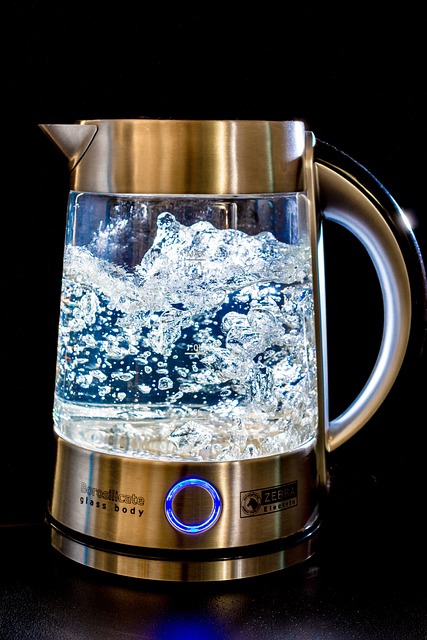Water heater failures are costly and inconvenient, but regular maintenance can prevent them. Common issues include sediment buildup, aging components, and leaks. Key strategies include periodic flushing to clear sediment and regular checks for corrosion, leaks, and damage. By following these steps, you ensure your water heater operates smoothly, efficiently, and lasts for years, protecting your investment in water heater maintenance.
Water heater maintenance is crucial for ensuring consistent hot water supply. This comprehensive guide tackles the #1 task that could prevent failure: regular drainage. Understanding common causes of water heater issues, such as mineral buildup and corrosion, is key. By performing a step-by-step maintenance check, you can clear out sediment, prolong your heater’s lifespan, and maintain optimal performance. Implement these practices for efficient water heater care.
- Understanding Water Heater Failure: Common Causes and Symptoms
- The Power of Regular Drainage: Why It's Essential
- Step-by-Step Guide: Performing a Comprehensive Water Heater Maintenance Check
Understanding Water Heater Failure: Common Causes and Symptoms

Water heater failures can be costly and inconvenient, but many are preventable through proper maintenance. Understanding common causes and symptoms is the first step in protecting your investment. One of the primary culprits behind water heater malfunctions is sediment buildup. Over time, minerals and impurities present in tap water accumulate at the bottom of the tank, forming a dense layer of sediment that can restrict water flow and prevent efficient heating.
Other factors contributing to water heater failures include aging components, such as faulty thermostats or damaged heating elements, which can lead to inconsistent temperature regulation and potential overheating. Leaks, often caused by corroded connections or worn-out gaskets, not only result in water waste but also expose internal parts to moisture, increasing the risk of corrosion and failure. Regular water heater maintenance, including flushing to remove sediment and checking for leaks, can help identify these issues early on, ensuring your water heater operates smoothly and efficiently.
The Power of Regular Drainage: Why It's Essential

Regular drainage is a powerful tool in the arsenal of any homeowner aiming to maintain their water heater’s longevity and efficiency. This simple yet often overlooked practice involves periodically flushing out the heater’s tank to remove sediment buildup. Over time, minerals and other impurities can accumulate at the bottom of the tank, leading to several issues. Not only does this reduction in space disrupt the water heating process, but it can also cause hot spots, leading to potential leaks or even tank failure.
By regularly draining a small amount of water from the heater, homeowners prevent these problems from escalating. It’s an easy way to keep your water heater running smoothly and efficiently, ensuring consistent hot water supply without unexpected breakdowns. This simple maintenance task is a proactive approach that can save you time, money, and potential hassle in the long run.
Step-by-Step Guide: Performing a Comprehensive Water Heater Maintenance Check

Performing regular water heater maintenance is a crucial step in preventing sudden failures and extending the lifespan of your heating system. Here’s a simple, comprehensive guide to help you stay on top of this essential task. Start by turning off the cold water supply to your heater. Next, locate the pressure relief valve and check for any signs of corrosion or leaks. If present, clean or replace the valve as needed. Remove the insulating jacket and inspect the heater’s exterior for rust, corrosion, or damage. Clean any debris from the heating element access panel and use a soft brush to remove dust and buildup. Once accessed, check the heating element for cracks, corrosion, or loose connections, and replace if necessary. Finally, don’t forget to flush out sediment that may have accumulated at the bottom of the tank by opening the hot water tap and allowing the heater to run until the water runs clear.
Regular water heater drainage is a simple yet powerful maintenance task that can significantly prolong the lifespan of your heating system. By addressing potential issues early on, you can avoid costly repairs and ensure consistent, efficient hot water supply. Implement the step-by-step guide outlined in this article to perform comprehensive checks and maintain your water heater effectively. Prioritizing water heater maintenance is an investment in your home’s comfort and convenience.
